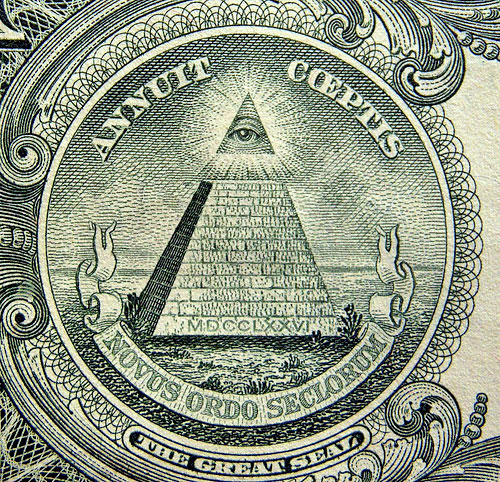
Energetic activity means space and time
In proportion to the increase in energetic activity, space is enlarged and time is prolonged - distended. Because energetic activity occurs in closed spiral rings (swirls, waves, quants), time, as in the other two media, appears in closed rings, which are similar to the energetic matter to which it belongs and depends upon. This means that time, as well as energy, appears as quants.
Wave theory provides a more natural explanation to Einstein’s general theory of relativity, in which he maintains that time curves in the spaces around stars and other massive objects and that at great velocities time is extended.
With greater clarity, wave theory maintains that a high-energy wave has a greater energetic periphery than a smaller wave, that energy rotates in a greater circuit and that time is extended. If energy is added to a defined space, time is also extended. For example, pulsars (neutron stars) lose their peripheral energy, causing them to rotate more rapidly; in other words, time decreases relative to the decrease in the space of energetic matter. Loss of energy means loss of time and space; an increase of energy means larger space and extended time. Thus, time depends on the amount of the energy and the space of a wave.
time
=
energy X space
____________
oscillation (frequency)
Because energy appears only in wave formations (swirls), we believe that time appears in the same form, in quants (energetic space), and proceeds together with energetic creation (masses). The phrase “Time is ticking away” in essence means that energy does away with time. Every phase has its time, after which its “genes” of energetic matter transfer to the next phase or to space.
In different energy formations, such as dark matter, communication is other than the velocity of light; Einstein’s wormholes are suitable velocities for such activities. In this phase, time is absolutely universal (Einstein’s postulate). Even when the distance is extremely large, time is slowed down to nearly zero.
Every energy formation can appear in different ways and different formations can appear in the same way.
So, too, time, a creation of energetic matter, can be created in different ways. From this we can conclude that time, like energy, has its beginning (appearance) in every phase and also its decay into the next phase. Finally, absolute energetic space meets absolute time, and they reappear in other creations in all their phases. Together with energetic matter,
time carries all its events, like genes.
http://www.grandunifiedtheory.org.il/book/time01.htm








 Reply With Quote
Reply With Quote
 and your thread hasn't been up for more than a few hours...
and your thread hasn't been up for more than a few hours... ing it
ing it 












Bookmarks